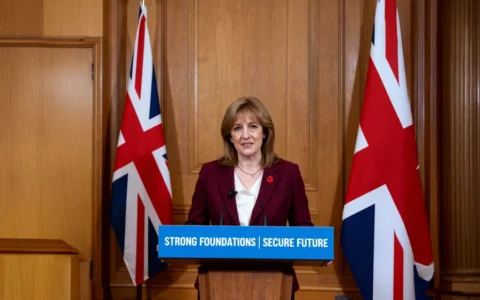On September 19, 2025, President Donald Trump signed an executive order unveiling two new investor-focused immigration initiatives: the Gold Card and the Platinum Card. Both proposals would invite ultra-high-net-worth individuals to make large financial gifts to the U.S. government in exchange for special residence rights. Federal agencies have been instructed to draft the implementing rules within ninety days, but the plans already face important legal and practical hurdles.
How the Gold Card Would Work
The Gold Card would allow an individual to contribute $1 million to the U.S. Department of Commerce and, after security checks and confirmation of an available immigrant visa number, apply for permanent residence through existing employment-based categories such as EB-1 or EB-2 with a national interest waiver.
A corporate option raises the required gift to $2 million per sponsored employee and includes annual maintenance fees. It would also permit a sponsoring company to transfer the benefit to another employee if the original beneficiary leaves. The Departments of Commerce, State, and Homeland Security are expected to release detailed application and documentation rules within three months.
What the Platinum Card Proposes
The Platinum Card is a higher-tier proposal requiring a $5 million contribution. Early descriptions indicate it could allow the holder to spend up to 270 days each year in the United States with long-term residency status, though it is not described as a direct path to citizenship and remains a concept until regulations and legislation are in place.
The headline feature is tax related:
The proposed Platinum Card’s main selling point would let a holder remain in the United States for up to 270 days before triggering U.S. global tax liability. To make this legally possible, Congress would have to pass both immigration and tax legislation to alter the existing triggering period.
Legal Considerations
These initiatives rest on a presidential executive order, which allows agencies to create new procedures but cannot on its own rewrite immigration or tax law.
For the Gold Card, the administration intends to use existing employment-based immigrant categories. Because those categories already exist in federal law, agencies could issue regulations through the notice and comment process required by the Administrative Procedure Act to treat a $1 million government gift as a qualifying basis for a green card. New legislation from Congress is not strictly required, but the rulemaking must stay within the authority Congress has delegated, and courts could block it if it effectively creates a new visa class.
The Platinum Card faces a higher bar. Its promise of allowing a holder to remain in the United States for up to 270 days without becoming a U.S. tax resident conflicts with the current “substantial presence” test in the Internal Revenue Code. Changing that threshold would require new immigration and tax laws approved by Congress and signed by the President. Without such legislation, the Platinum Card’s tax benefit cannot take effect.
Next Steps and Implementation
The executive order directs the Departments of Commerce, State, and Homeland Security to publish application rules and procedures within 90 days of the announcement. Until those rules appear, the programs have no filing forms, start dates, or definitive adjudication standards.
Regulations are expected to specify how the required gifts will be made and verified, outline the security-vetting process, define how admissibility and visa-number availability will be assessed, and explain how corporate maintenance and transfer fees would work if a sponsored employee departs.
Market Interest and Reality
Industry observers question whether many investors will commit a non-refundable $5 million simply to spend additional time in the United States without triggering worldwide taxation. Wealthy families can already combine non-immigrant visa strategies with a closer-connection claim to stay about 182 days a year without becoming U.S. tax residents. Analysts expect debate over the Platinum Card’s value to continue until Congress acts and final rules are released.
Established Options Remain
Meanwhile, established investor pathways remain unchanged. The EB-5 Immigrant Investor Program continues to operate under the EB-5 Reform and Integrity Act of 2022, which sets minimum investments at $1,050,000 or $800,000 for targeted employment areas or qualifying infrastructure projects. The program requires the creation of at least ten full-time U.S. jobs and includes scheduled inflation adjustments beginning January 1, 2027.
Outlook
The Gold and Platinum Card proposals remain concepts in motion. Their future depends on the detailed regulations that the Departments of Commerce, State, and Homeland Security are required to publish, and in the Platinum Card’s case, on new immigration and tax legislation from Congress.
Until those steps are complete, these programs are opportunities on paper rather than practical options. Investors and advisors should monitor agency updates, be cautious about making financial commitments, and keep established pathways such as EB-5 or other long-standing visa strategies in mind while the rulemaking and legislative process unfolds.






